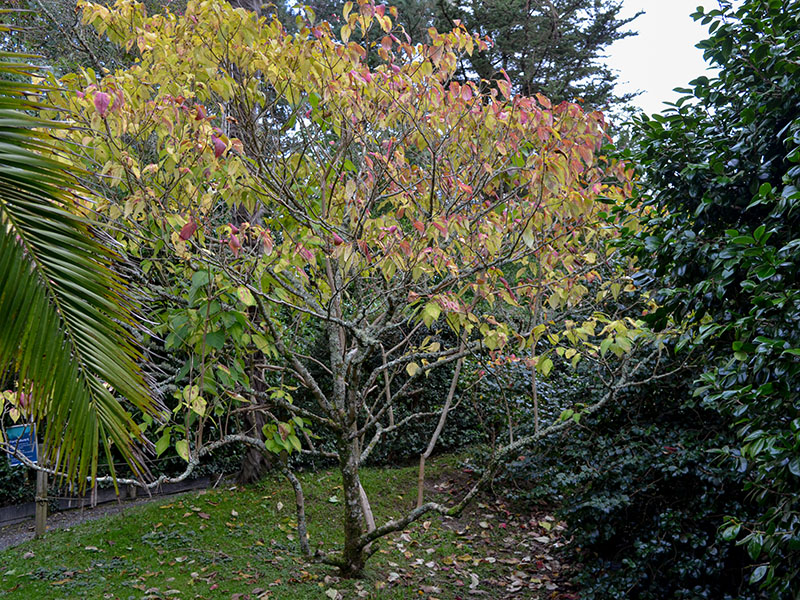
Woody > Clerodendrum > Clerodendrum trichotomum > Clerodendrum trichotomum
Clerodendrum trichotomum
Harlequin Glorybower
Origin: Japan and China.
| Family |
| Lamiaceae |
| Genus |
| Clerodendrum |
| Species |
| trichotomum |
| Category |
| Woody |
| Type |
| Shrub (deciduous) |
| Pronunciation |
| USDA Hardiness Zone |
| 7 - 10 |
| Canadian Hardiness Zone |
| 6b - 8a |
| RHS Hardiness Zone |
| H4 - H6 |
| Temperature (°C) |
| -18 - 2 |
| Temperature (°F) |
| 0 - 35 |
| Height |
| 4-6 m |
| Spread |
| 3-7m |
Photographs
Description and Growing Information
Flowering Period
| General Description |
| A large deciduous shrub with dark green, almost heart shaped leaves. When in bloom, it is covered in fragrant pinkish white flowers followed by deep red calyces which hold deep blue berries. The shrub attracts butterflies and hummingbirds. |
| Landscape |
| The Harlequin Glorybower does not have much value when not in flower, but it can be used as a flowering ornamental in patio gardens or parks. The plant can also be used in container planting or as an accent plant. It is mainly used in shrub borders or as a specimen plant. |
| Cultivation |
| Tolerates most soil structures and pH levels, but thrives best in moist well-drained soils. Prefers a sheltered position in full sun to partial shade. |
| Shape |
| A rounded or spherical low-growing shrub. |
| Growth |
| Fast |
| ID Characteristic |
| When crushed, the leaves give off a strong unpleasant odour often described as the scent of peanut butter. |
| Pests |
| Virtually pest and disease free. |
| Habitat |
| Found on mountain slopes, but can grow in most conditions as it is frost tolerant and handles most soils as long as they are moist and well drained. |
| Bark/Stem Description |
| The bark is smooth, greyish brown in colour and has pronounced lenticels. |
| Flower/Leaf Bud Description |
| Small conical shaped pinkish red buds about 0.5 cm long. Flower buds are white with pink tips, 1 – 2 cm long and resemble the beak of a bird. |
| Leaf Description |
| Leaves are ovate with an acuminate tip and have an opposite arrangement. The length is 10 – 23 cm and the width is 5 – 12 cm. The dark green leaves are simple with pinnate venation and entire margins. No colour change in autumn. |
| Flower Description |
| The flowers have a lovely pinkish-white colour and bloom terminally. They are attractive to bees and several other pollinators. Each flower is approximately 2.5 cm wide with a tubular base, five spreading lobes and yellowish white anthers. |
| Notable Specimens |
| Westonbirt, The National Arboretum, Tetbury, Gloucestershire, England. |
| Propagation |
| Root cuttings collected in the autumn and cut into 50 mm lengths, inserted vertically into pots or flats barley covering the top. Water and place in a cold frame until growth appears and then pot individually. |
| Ethnobotanical Uses (Disclaimer) |
| The leaves of the plant are edible and usually boiled to remove their odour. The blue fruit that grows from the plant has been used in the making of dye. The species is known as a medicinal plant; it is said to have analgesic, anti-rheumatic and hypotensive qualities. |
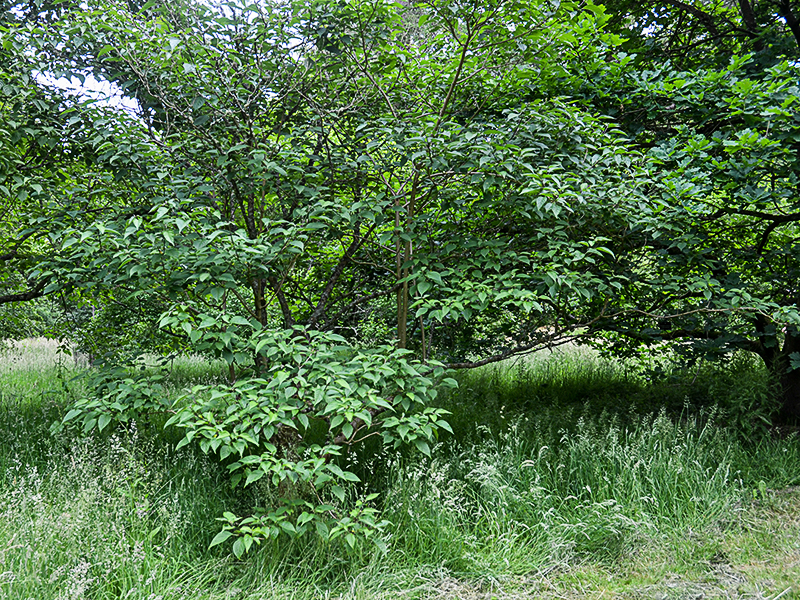
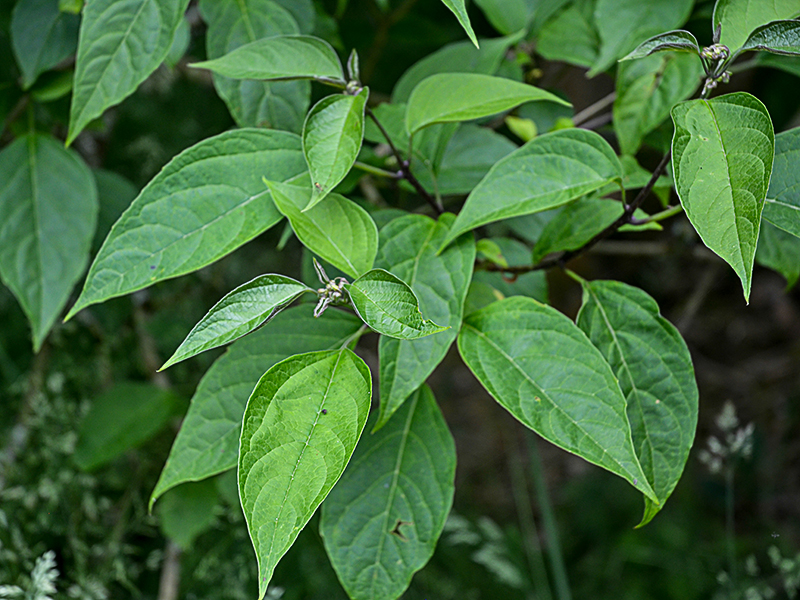
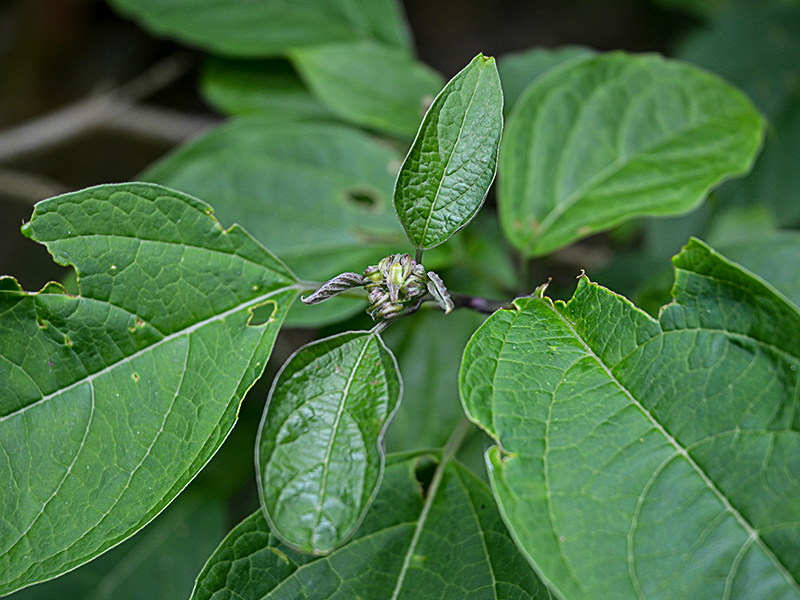
-1.jpg)
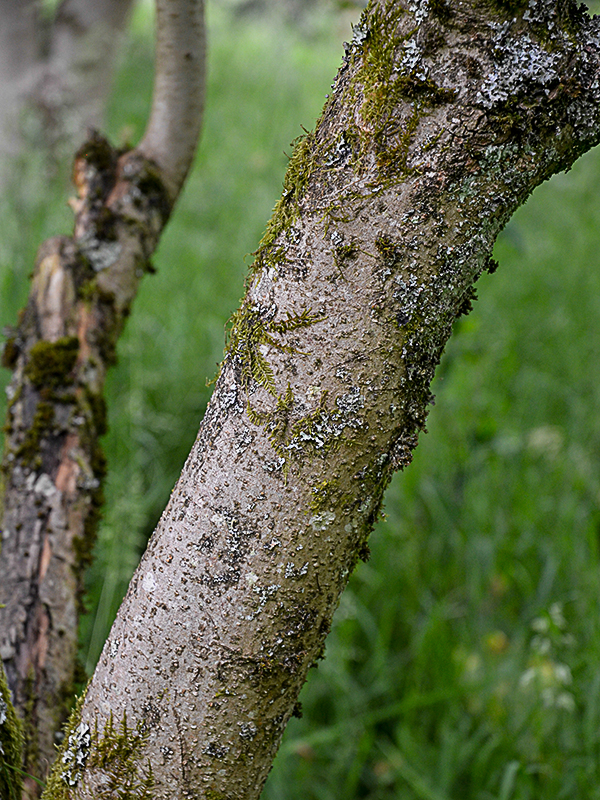
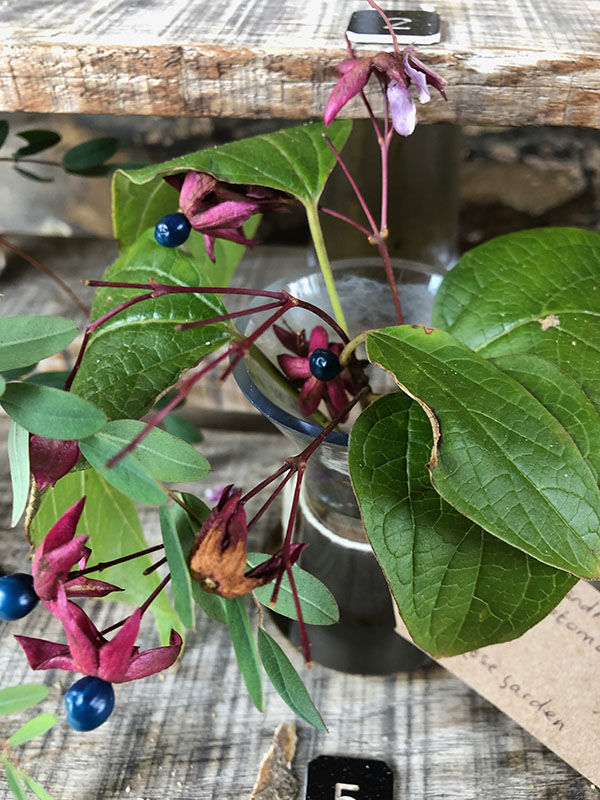
-1.jpg)
